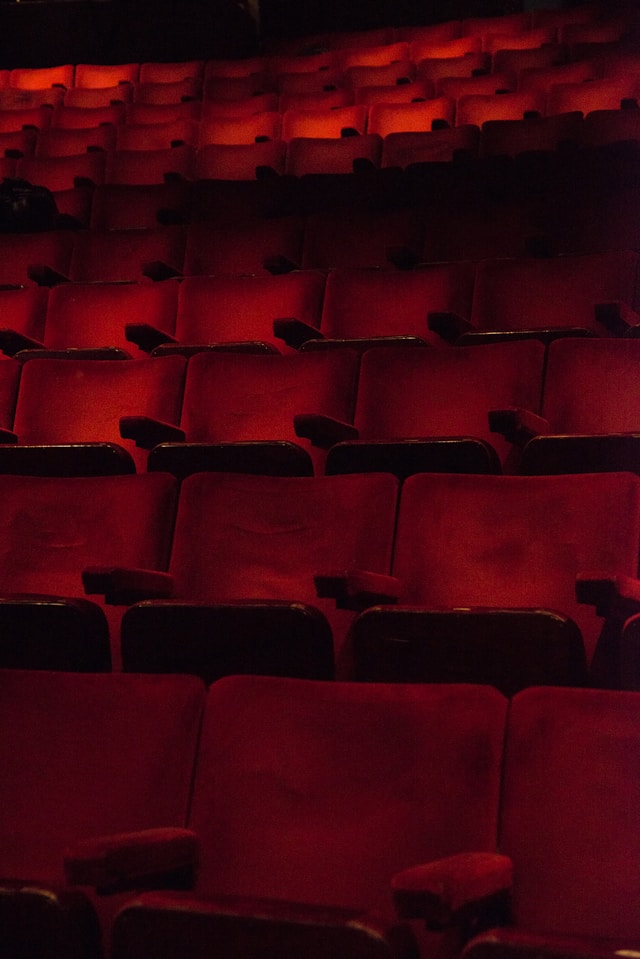
Sport Editor Lucy Parry discusses the inaccessibility of London’s West End theatres and calls for changes to be made to accommodate all theatregoers
For most theatre fans, walking through the West End is a joyous experience. You go past theatres filled with happy memories and see posters for shows you really want to get tickets for, because you have heard amazing things about them. For me and other wheelchair users, it is quite a different experience.
We see the steps leading up to the entrances of every theatre and wonder how we will get in. Usually, there is a portable ramp or an alternative entrance, but there is no sign telling us which it is. We ponder where the wheelchair spaces are. There is a maximum of two spaces in each West End theatre and they are only located in one section of the seating because none of the theatres have a lift. So we do not get a choice about where we can sit. We think about how far in advance we need to book our tickets because they are so limited. Cheap, on-the-day tickets are not an option for us.
We do not get a choice about where we can sit
All these theatres are allowed – and, in some cases, forced – to remain inaccessible because, having been built a couple of centuries ago, they are listed buildings. A listed building is a structure of particular architectural and/or historic interest deserving of special protection. They cannot be altered without special permission from the local planning authority, which is very rarely given. This system, which has been in place since World War Two, makes many buildings in the UK completely inaccessible to an array of disabled people and is entirely unnecessary. The Colosseum in Rome was built 2000 years ago and it now has a lift – this does not make it any less iconic, but it does allow more people to experience this incredible landmark. Ultimately, the listed building system is a lazy way of protecting these buildings. The system should be able to maintain the historical integrity of these buildings while allowing for adaptations to make them more accessible.
The system should be able to maintain the historical integrity of these buildings while allowing for adaptations to make them more accessible
The exception to the rule of inaccessible West End theatres is @sohoplace. It is the first new-build West End theatre in 50 years and has inclusivity at its heart. It has two lifts, and there are wheelchair spaces and accessible toilets on every level. The theatre is fitted with a Sennheiser FM system with 20 headsets and 10 body back and neck loops available. Additionally, many of its productions have involved BSL. I went to @sohoplace last year to see The Little Big Things, a musical based on Henry Fraser’s memoir. I knew it would be special, but I did not realise just how impactful it would be to see not one, but two wheelchair users singing and dancing on stage. Everyone should be able to see themselves represented on stage, and that was the first time I had.
For her performance in The Little Big Things, Amy Trigg won the 2024 Olivier Award for Best Supporting Actress in a Musical. But because of the lack of accessibility in the West End, there are very few theatres in which she can perform. Trigg said: ‘People were quite against casting disabled actors in any role for some reason. But it has changed so much since [2014].’ That change is great, but it should come with theatres being made more accessible, both for actors and audiences.
Enjoyed this? Read more from Redbrick Culture here!
Musical Review: The Wizard of Oz

Comments